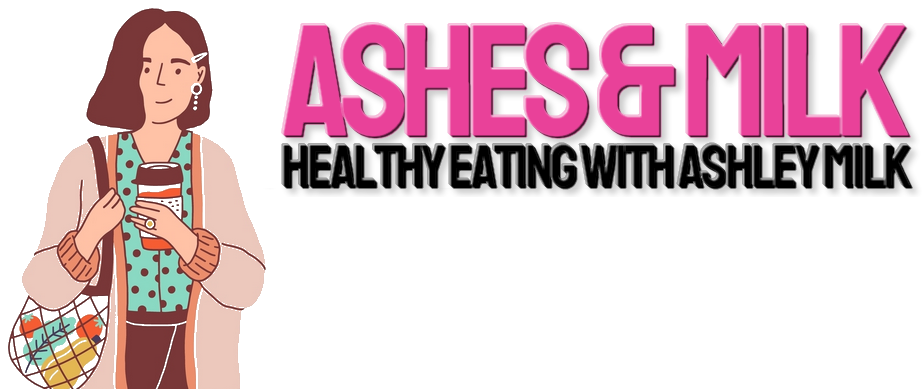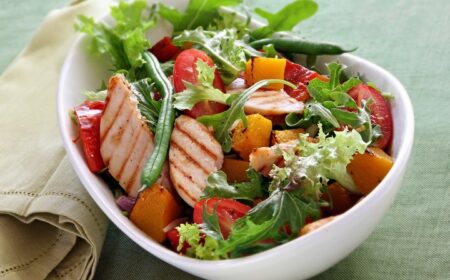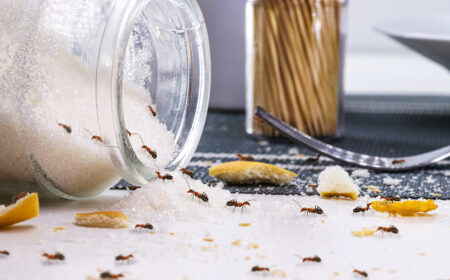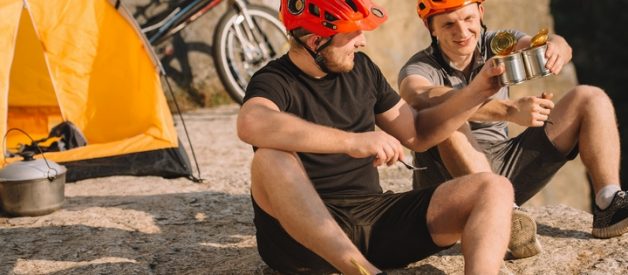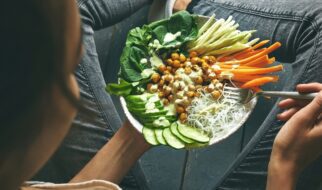Experienced cyclists know the importance of adding food and nutrition as part of their cycling diets. If you’re leading an active lifestyle and ride on your trusted bike frequently, you want to make smart dietary choices to give your body the fuel it needs to enjoy your sport.
Although there is no magical formula, or one size fits all program that can guarantee you perfect nutrition, there are some solid guidelines you can follow to help yourself make good diet decisions in your cycling diet. If you are wondering what do cyclists eat, here are seven ways to maintain a healthy cycling diet:
1. Cyclists need to eat a lot of calories in their diet.
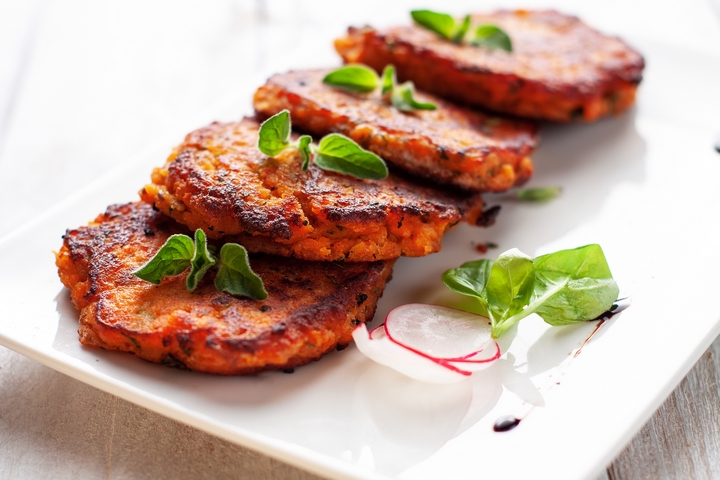
When you’re introducing cycling to your routine for the first time, you should know right off the top that you’re going to have to increase your calorie intake. Of course, that doesn’t mean indulging in any and every treat that comes your way. However, it does mean adding some more nutrient dense snacks and possibly upping your portions in your cycling diet.
A good way to estimate your additional calorie need is to multiply the distance travelled in miles by 40-50 calories. According to this metric, if you’ve been out for a 30-mile ride you can estimate an extra calorie need of between 1,200-1,500 calories. You should err towards the bottom end of this if you’re a slower or lighter rider and toward the top end if you’re faster or heavier.
2. Carbs are present in a cycling diet.

Despite what you may have heard or read elsewhere, carbohydrates are necessary to give your body the fuel it needs. In fact, carbohydrates are the body’s primary energy source for cycling, and they should be a part of your cycling diet.
Just like protein and fat, carbohydrates are stored in the muscles of the body and any excess in total intake above the body’s calorie needs will be stored as fat. How many carbs you need will depend on how much you ride, but you should avoid the slow down effect of large servings by aiming to eat a modest portion of ‘slow-burn’ carbs such as wholegrains, fruit, vegetables.
3. Your cycling diet should have lots of protein.

Protein is not also emphasized in the diet of cyclists as much as it for some other sports, this needs to change though. Not only is protein critical for overall health and immune function, but it also helps immensely with recovery.
Responsible for tissue maintenance in the body, insufficient amounts of protein could amount to muscle damage over time. Not to mention, recent research also points towards the fact that protein is more filling than carbohydrates and fat, helping to keep your appetite under control.
4. Choose good fats in your cycling diet.

The type of fat you choose to include in your diet makes a big difference in term of performance and weight maintenance. The kind of fats you want to focus on include polyunsaturated fats, like Omega 3 and Omega 6 fats, and monounsaturated fats, such as Omega 9 fats.
These fats are all helpful in maintaining good health and also help reduce inflammation of the body and bad cholesterol. In your cycling diet, you should aim for around 20g of good fat per day. This is in order to benefit from thee the good stuff they offer without the risk of adding too many calorific fats to the diet.
5. Replenish your vitamins and minerals in your diet.

Many vitamins are water-soluble, and that means that they need to be consumed every day in order to stay in good health. Minerals such as calcium, iron and zinc are also needed daily in your cycling diet, but only in very small quantities.
Found in a variety of food, you can usually meet your vitamin and minerals needs by incorporating a selection a rainbow of colours, and aiming for darker-coloured fruits and vegetables, into your diet.
6. Cyclists need to be smart about hydration.
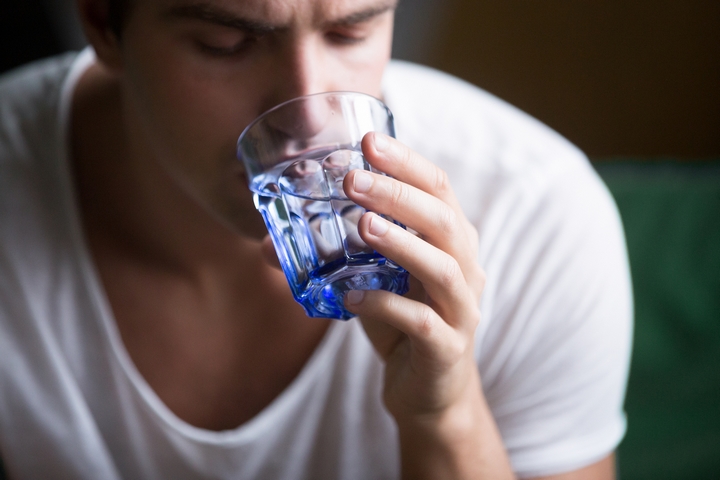
Having enough fluid in your body is crucial to maintaining your energy levels both on the bike and in day to day life. In addition to the 1.5-2 litres of water you should be drinking anyway, cyclists should also be drinking additional fluid to match any loss during riding.
An easy way to work out your need is to weigh yourself pre and post-ride. For each kilo you have lost, you require an additional litre of water, so if a 60-minute ride leaves you 0.5kg lighter then you just require an extra 500ml of fluid in the diet to ensure that things stay in balance.
7. Take your snacks on the road.
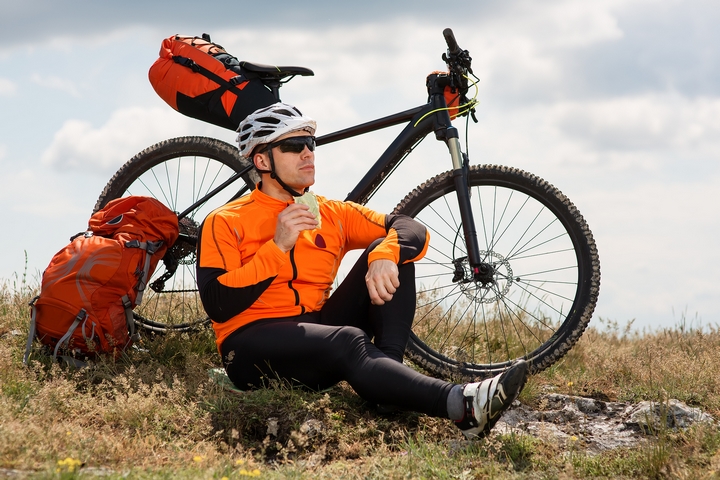
If you are heading out for a longer or more intense ride, you’re probably going to perform best if you bring something along to top up your carb levels mid-ride. That’s right, you should include some snacks and munchies as part of your cycling diet.
Recent studies have shown that a fuelling plan delivering between 30g and 60g of carbohydrate per hour of riding is optimum, so experimenting within this range is a good start point. This can come in the form of a drink, gel, or bar. See what works best for you and be sure to check the carbohydrate content of the product you are consuming.
